Case study
Mosaic
Studying molecular signatures of adjuvanted vaccine candidates through translational approaches
Background
As a vaccine manufacturer it is, for Sanofi, critical to know and hence predict adjuvanted vaccine candidates’ reactogenicity and efficacy as early as possible during preclinical vaccine development.
Challenges
As of today, predicting reactogenicity and efficacy reliably remains a challenge. The understanding of correlates between preclinical animal models and humans is limited and may bear costly surprises at later steps during clinical development. Three main limitations hamper knowing and predicting a vaccine’s reactogenicity and efficacy:
- Capabilities and tools for prediction of reactogenicity and efficacy are limited
- Understanding of correlates between preclinical animal models and humans is a challenge
- Understanding of the adjuvants mechanism of action (MoA) is limited, hence limiting the ability to rationalize the adjuvant selection
In this context, our partner has decided to drive an ambitious project to overcome some of these limitations in a holistic way and by using a broad multi-species and multi-omic approach.
Solution
BIOASTER collaborates with Sanofi to design meaningful experimental approaches, drive the required technological developments and carry out some experiments and subsequent biological and bioinformatics/statistics analysis.
The experimental and technological research plan aims at increasing the knowledge of innate immunity in three different pre-clinical species and human. Different vaccine formulations are being tested in these species.
The project leverages the availability of multi-omics technologies allowing for untargeted discovery of signatures for vaccine reactogenicity and efficacy. Concretely, four main axes of this cross-species evaluation of adjuvanted vaccines are addressed to:
- Identify specific and across adjuvant-type signatures
- Increase understanding of novel adjuvant MoA
- Assess predictability of preclinical species for human
- Rationalize adjuvant selection
Results
Expected outcomes from this ongoing work are multiple:
- Molecular signatures: Identification of predictive signature of reactogenicity and immunogenicity
- Clinical data and MoA for novel adjuvants:
- Documentation of vaccine reactogenicity and efficacy in man
- Better understanding of the vaccine MoA
- Animal models: relevance of selected animal models for predicting immunogenicity and reactogenicity in man
- Sample preparation: best methods for sample preparation identification with a specific focus on decreasing the need for blood component to allow for several OMICS technologies within the same experiment
Data management: development of a dedicated data warehouse solution to store and organize biological data for data management and analysis
Outlook
Future vaccine reactogenicity and efficacy studies will benefit from the outcomes made during this project regarding the most informative technologies to put in place to study the host response together with the knowledge of the most interesting time points and organs to focus on.

